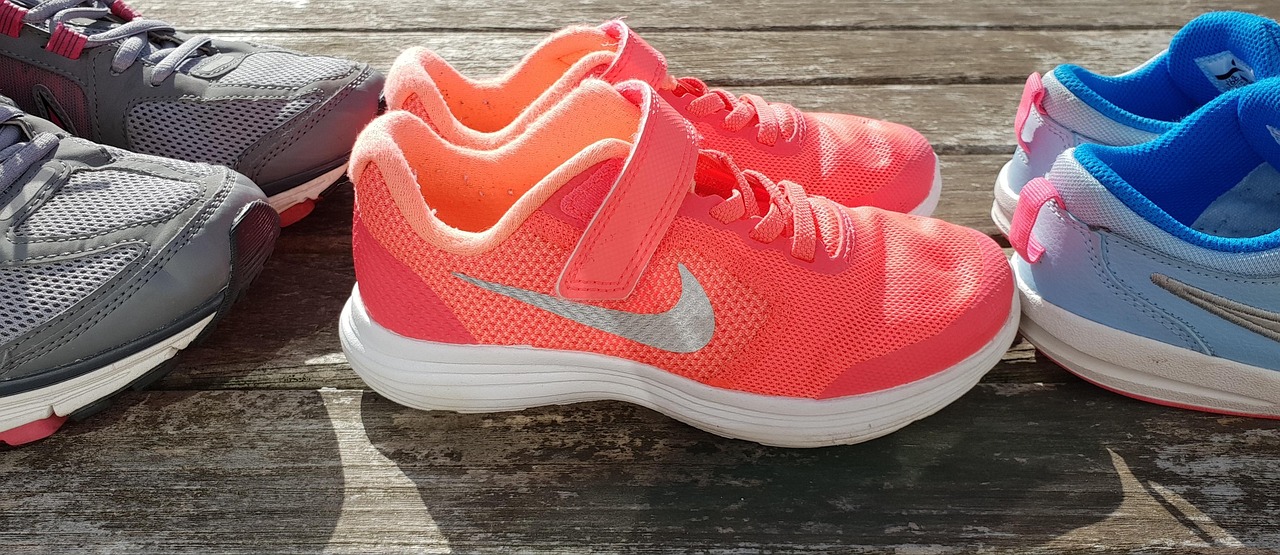There is a tribe in Mexico called the Rarámuri. The Rarámuri people are renowned for their incredible long-distance running abilities. They don’t train in the conventional sense, nor do they follow a special diet, nor do they use specialized running shoes. Typically, they run in traditional sandals called huaraches. Despite this, they perform at the level of the best professional runners in the world. The reason for this likely lies in their lifestyle, which essentially functions as daily training. Additionally, their diet is probably one of the healthiest in the world, free from the need for supplements or the complex nutritional strategies that many modern athletes depend on.
The Rarámuri woman who said no to Nike shoes
Lorena Ramírez is a Rarámuri woman who won the Ultramaratón of the Canyons in 2017, covering a distance of 50 kilometers in her native Copper Canyons. Like many Rarámuri women, she wore her traditional skirt and sandals during the race. At one point, Nike sent her running shoes, and Lorena was asked if she would use them. Her response was no. The reason was astonishing:

People who wear them always run behind me.
– Lorena Ramírez
Running shoes don’t inherently make someone a better runner
I cannot stop thinking about this sentence and how many things work in a similar way. By “that,” I mean the idea that if someone is wearing expensive and high-quality running shoes, they must be a runner. Lorena Ramírez’s response holds a lot of depth to explore. The Rarámuri are natural runners. They have been running their entire lives, and their bodies are adapted to run long distances without tiring easily. Yet, many products on the market overlook this fact, promoting shoes as if they are essential for running. In some cases, the risk of injury is high, and while shoes might help someone run faster, they are not a substitute for proper running technique or conditioning. In today’s fast-paced world, people often prefer to rely on products rather than take the time to truly understand the art and science of running.
Many professional athletes have won competitions without relying on special shoes: Abebe Bikila from Ethiopia won the 1960 Rome Olympics Marathon barefoot, Zola Budd from South Africa set records while running barefoot in the 1980s, and the Tarahumara (Rarámuri) runners from Mexico have consistently excelled in ultramarathons wearing their traditional sandals. This fact has raised important questions about what is truly beneficial for running footwear and how humans are meant to run. Ultimately, only someone with extensive running experience can determine whether a running shoe is helpful or, on the contrary, an impediment.
The parallel in the business world
There is a parallel here to the business world. Just as a running shoe can be a tool to improve performance, there are countless tools in the market designed to optimize processes. However, the market is saturated with tools that promise solutions to every imaginable problem. This approach is risky, as only a group of individuals with deep experience in the processes can truly assess whether a tool will be effective (e.g. the use of AI tools). Attempting to solve a poorly understood problem with an untested or unsuitable tool is a recipe for disaster.
The Rarámuri are natural runners, and their years of experience help them understand their bodies and how to perform at their peak. Many factors come into play: pacing, breathing rhythm, distance, terrain type, weather conditions, nutrition, hydration, mental focus, and recovery. Only after a runner has spent significant time mastering these elements can they truly determine whether a tool—like specialized shoes—would help, and in what specific situations it might make a difference.

Only with profound knowledge and experience in a field is it possible to determine whether a tool can be helpful or not.
The video of Lorena Ramírez Hernandez talking about the running shoes:

No responses yet